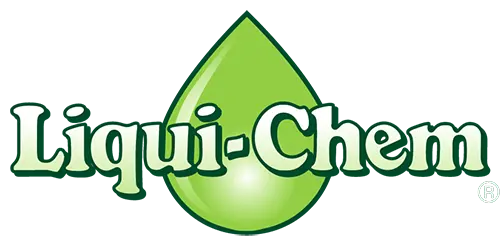St. Augustine lawns have a few special problems that are relatively exclusive to them in our area, such as Chinch Bugs, St. Augustine Decline (SAD Virus), and Grey Leaf Spot Fungus. These problems are in addition to the problems previously mentioned.
Chinch Bugs are usually the first insect problem in the spring and are, by far, the most destructive of all insects and diseases in our area. They are about the size of a pin head, move fast, and are mostly black in color, with two white areas in the mid-body region. Chinch bugs can completely kill a lawn in the course of one to two weeks.
Due to the fact that we are adding insecticide in more applications, you should be able to forget about the Chinch bug problem. However, they cause instant large straw-colored dead areas in St. Augustine grass and can cause the leaf blade and sheath to break off from nodes or bumps on the stolon. Chinch bugs lay their eggs in the nodal region of the stolon which causes the blades and leaf sheaths to break off green, rather than straw-colored. This latter situation is usually temporary and very controllable. If you notice these problems, call us immediately. Control of these pests are a routine part of our program.
St. Augustine Decline (SAD Virus) is uncontrollable because there are no chemicals available to control the virus. The symptom of this disease is a yellow mosaic pattern which occurs longitudinally along the leaf blade. It looks just like a canary yellow brick wall would look if it was turned vertically. This brick-like pattern is very small, and you may need a magnifying glass in order to identify it. Eventually, this problem will pass.
Grey Leaf Spot Fungus begins in mid-June and usually will kill the lawn by September. It causes a yellowish-brown burned look on the grass blades. There will also be lesions about the size of a pencil eraser on the leaf blade with a tan center and a reddish-maroon border. After this infection begins, the blades will wither, turning brown in color. You can lessen the effect of this disease by not watering when you see this problem. Also, wash the underside of the mower after mowing so as not to re-infect the lawn. All St. Augustine lawns get this problem each year. Please remember that St. Augustine grass in our area is very susceptible to disease. Do not water between October and June to lessen the impact of Brown Patch Fungus.
Almost all diseases on St. Augustine require water to get worse. We offer additional-cost applications for disease control.
Special note: St. Augustine grass stays greener longer in the fall, and is the last to green up in the Spring, about one month behind Centipede lawns.


